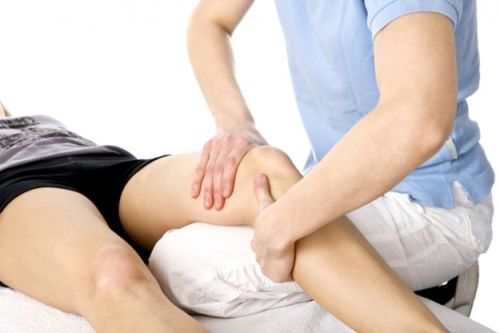Knee osteoarthritis: What to do?
The osteoarthritis is a disease that affects the joints and cartilage and can cause degenerative lesions. The arthritis can appear in different body areas, from the hands to the knee, in which we will focus precisely. Yes it should be noted first of all the important thing is not to underestimate the osteoarthritis symptoms; otherwise it is can impair the quality of life of sufferers.
What it is
It is a disease that affects the knee and, in particular, the cartilage of the joints. A deterioration that causes pain when moving or any physical activity is carried out, as well as the progressive deformity of the knee. Osteoarthritis is one of the more common rheumatic diseases, especially after age 50, but can appear earlier. Knee osteoarthritis can have various causes. On the one hand, it is called primary knee osteoarthritis, whose origin is unknown, and that is a result of the alteration of chondrocytes and the bone in that it is support, resulting in loss of pressure resistance, the elasticity of cartilage and its deterioration.
This often related to aging. On the other hand, knee osteoarthritis may also be caused by injury or abnormality of the joint (secondary knee osteoarthritis).
Most obvious symptoms
It is important to not overlook certain symptoms or signs that alert us of possible knee osteoarthritis. In a first phase pain is usually not acute, and in fact may occur intermittently, but when osteoarthritis has progressed the pain is constant, attenuation throughout the day. If the disease gets worse, may appear functional limitations, more or less debilitating. Walking and moving the knee is particularly difficult, and the stiffness and swelling are an additional obstacle to walk and move.
What to do?
The first thing is to consult your doctor or specialist to evaluate the degree of osteoarthritis and to determine the most appropriate treatment, taking into account the degeneration of the joint and the personal characteristics of each patient.
As for the drug treatment, the doctor may prescribe muscle relaxants, analgesics, anti-inflammatory and cortisone to reduce symptoms, decrease the intensity of pain and malaise. To reduce friction between the bones of the knee, eliminate inflammation and relieve pain, also it is the infiltration-based treatment. Using a needle and syringe, the specialist injects the gel based on hyaluronic acid into the knee. It is not a final solution, but can be repeated infiltration, without exceeding.
Another option that the specialist can assess is the transplantation of cartilage, taken from another healthy knee. When the disease is already advanced, the most effective solution may be a prosthetic knee, to replace the damaged joint.
